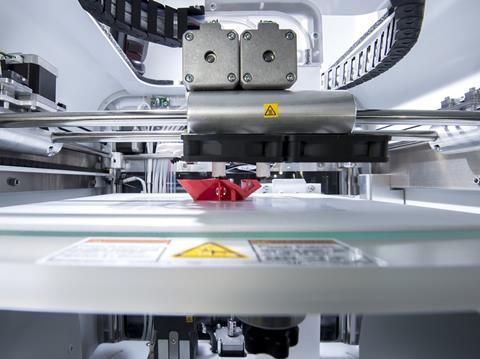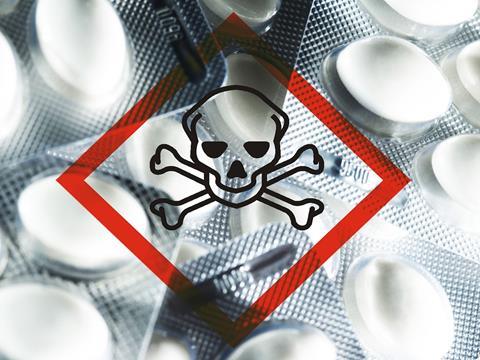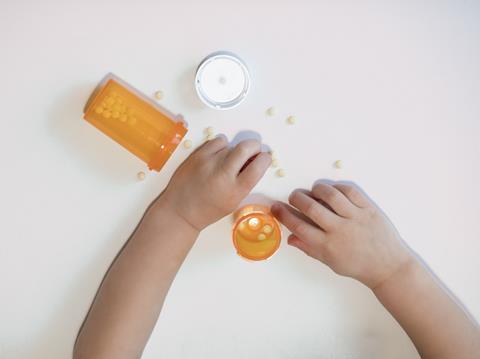
Pharmaceuticals companies are experiencing a wave of competing challenges as part of what PwC refers to as the New Health Economy. These include market consolidation for efficiency gains; the changing demands and needs of patients and increasing cost pressures from payors leading to calls for pricing reform.
Jon Lant, Head of New Product Development & Innovation, Origin explores how the pharma packaging industry is innovating to keep ahead of the curve, to protect profit margins and meet the ever-growing expectations of stakeholders.
Market agility
As with most packaged goods, pharmaceuticals need reliable and speedy packaging solutions which deliver a combination of product integrity, quality and ease of use.
Responsiveness to medical breakthroughs and developments in manufacturing technology is crucial to remaining competitive. After all, pharma companies invest heavily in this area as its critical for the protection, distribution, sale and the success of a product.
The packaging of the future is smart and able to think for itself. By using integrated technologies, such as NFC chips, sensors, LEDs and screens, these packaging solutions offer valuable additional functions which help firms perform beyond the base requirements of new regulations and make products stand out in the market.
3D printing is also an important technological innovation which is helping manufacturers break existing performance trade-offs in two essential ways. Firstly, it decreases the capital involved in achieving economies of scale. Secondly, it enhances flexibility and diminishes the capital needed to attain scope.
The flexibility of 3D printing will facilitate the growth in the assortment of products a unit of capital can generate, lowering the costs normally associated with customisation and production changeovers, which incorporates the overall quantities of necessary capital.

Environmental impact
Producing sustainable, yet functional, packaging is a test for any industry but even more so for the pharma sector where regulation and patient safety take precedence.
While consumers and retailers are shifting to a more environmentally conscious mindset, they still envisage safe, high-quality and easy to use medicines.
To achieve this, companies are starting to incorporate more smart manufacturing processes, using eco-friendly materials, including recycled paper, [paper]board and corn-starch, all of which are biodegradable.
Materials are now being designed which inhibit microbial infiltration and are compatible with sterilisation techniques, which helps prevent damage to drugs during transport and storage, thus reducing wastage.
Environmental awareness is even starting to extend to the syringe market, perhaps the most complicated field of primary pharmaceutical packaging.
Some syringes are now replacing glass with cyclic olefin polymer (COP), which has allowed a number of pharma companies to jettison secondary packaging altogether as the design forms its own outer shell. The ability of packed syringes to clip into place also eradicates the need for packing materials like Styrofoam and cardboard.

Anti-counterfeit solutions
The sale of counterfeit pharmaceuticals is the world’s largest fraud market, worth more than $200 billion per year. However digital packaging solutions are offering greater supply chain visibility and making falsification harder.
Digital mass serialisation is becoming a popular solution to combat counterfeiting. This involves the generation of a random, pseudo code in a sequential manner by a technology provider entered into their or their customers’ database for later verification.
The authentication process matches the unique code on a product to those stored in the database. If the code is present, the product is deemed to be genuine.
Digital watermarks also offer an additional layer of protection by providing invisible data on packaging encoded within graphic elements and verified by special software.
The data can be captured using webcam, mobile phones or other scanning equipment, but is invisible to the human eye. Attempts to reproduce it will be spotted by the degradation of the embedded data.

Patient safety
In many cases, pharmaceutical packaging needs to be both child-resistant and senior-friendly. This can be a difficult balance to strike for packaging designers since the very features which improve child resistance can also make it more challenging for seniors to use a product.
Originally, most CRP took the form of bottles with the familiar child-resistant ‘press to turn’ closure. However, more prescription drugs are now distributed in blister packs, which provide a perfect seal, avert contact with the atmosphere or other products and can be issued in retail environments without any risk of contamination.
At Origin, we are currently working on our new CR Smart technology, which comprises a ‘twin child-resistant design’ to create an even stronger preventative barrier. The design is at a concept stage and has been purposely left to allow interested parties to take the design and adapt it to their given application.
Several packaging firms have also developed innovative CRP options beyond traditional bottles. These include ‘press-to-engage’ resealable sliders that are difficult for under-fives but easy for adults of all ages.
Some companies are even creating blister lidding which needs a ‘targeted’ push-through motion instead of the usual peel tabs. As well as being highly operational for the elderly, the total packaging can be a lot smaller than traditional peel-push or peelable blister cards too.
More info:




















